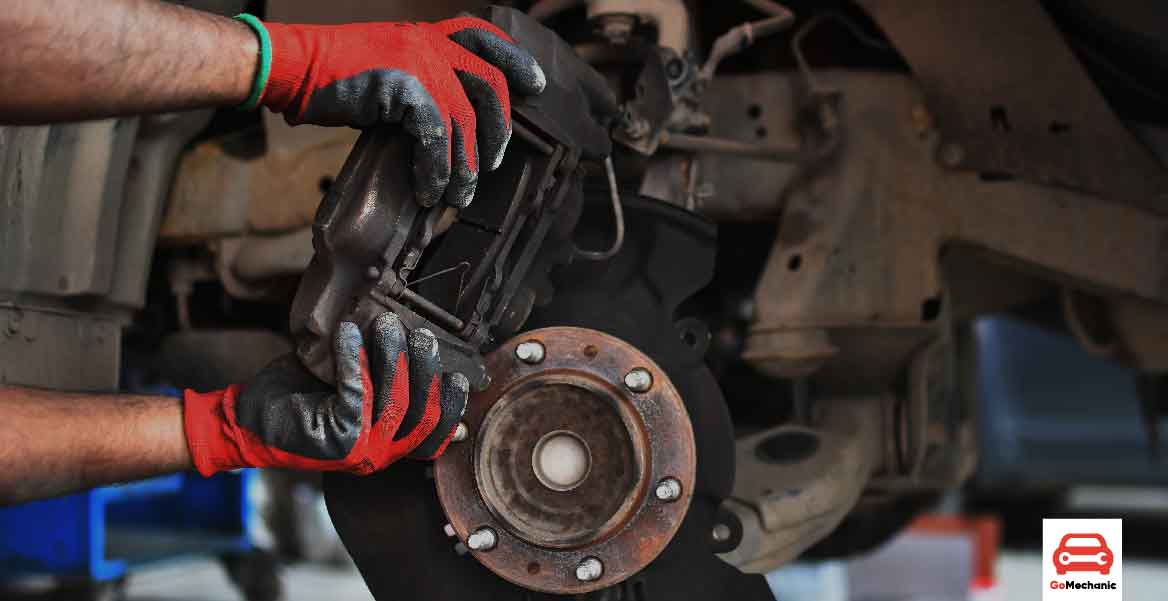The Foundation: Understanding the Core Concept
Anti-lock brakes, often abbreviated as ABS, represent a pinnacle in automotive safety technology. At their core, these systems are engineered to prevent wheels from locking up during braking, ensuring that vehicles maintain steering control and reduce the risk of skidding. Let’s delve into the intricate workings of ABS to unravel the mechanics behind this crucial safety feature.

The ABS Anatomy: Components and Configurations
Modern ABS systems are a symphony of components working in harmony to provide precise control over braking dynamics. Key elements include speed sensors, hydraulic control units, and electronic control modules. Together, these components form a sophisticated network that monitors and adjusts brake pressure on individual wheels, a feat accomplished in a matter of milliseconds.
Subheading 1: Speed Sensors and Real-Time Data
Integral to ABS functionality are speed sensors, strategically positioned on each wheel. These sensors constantly monitor rotational speed, providing real-time …
